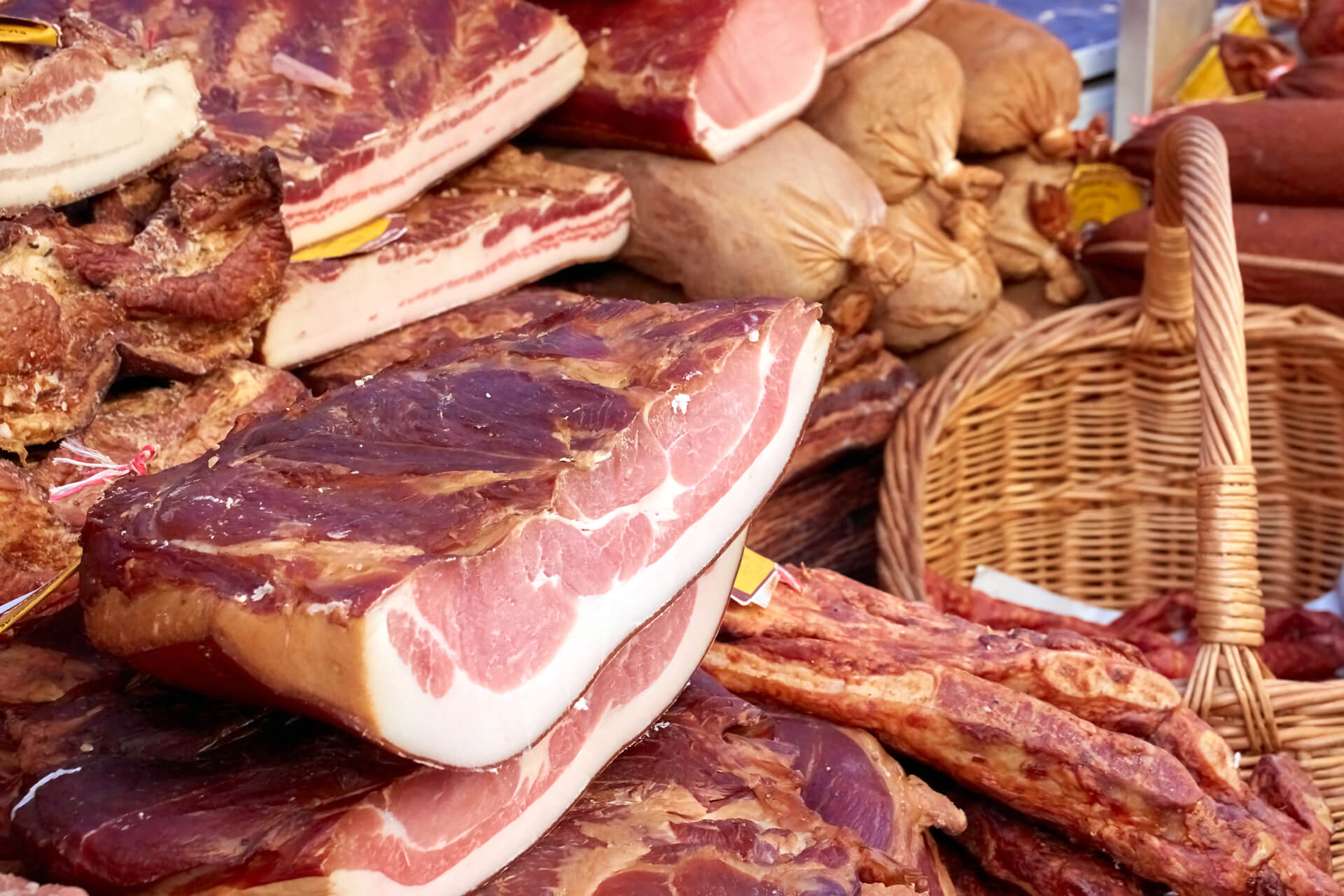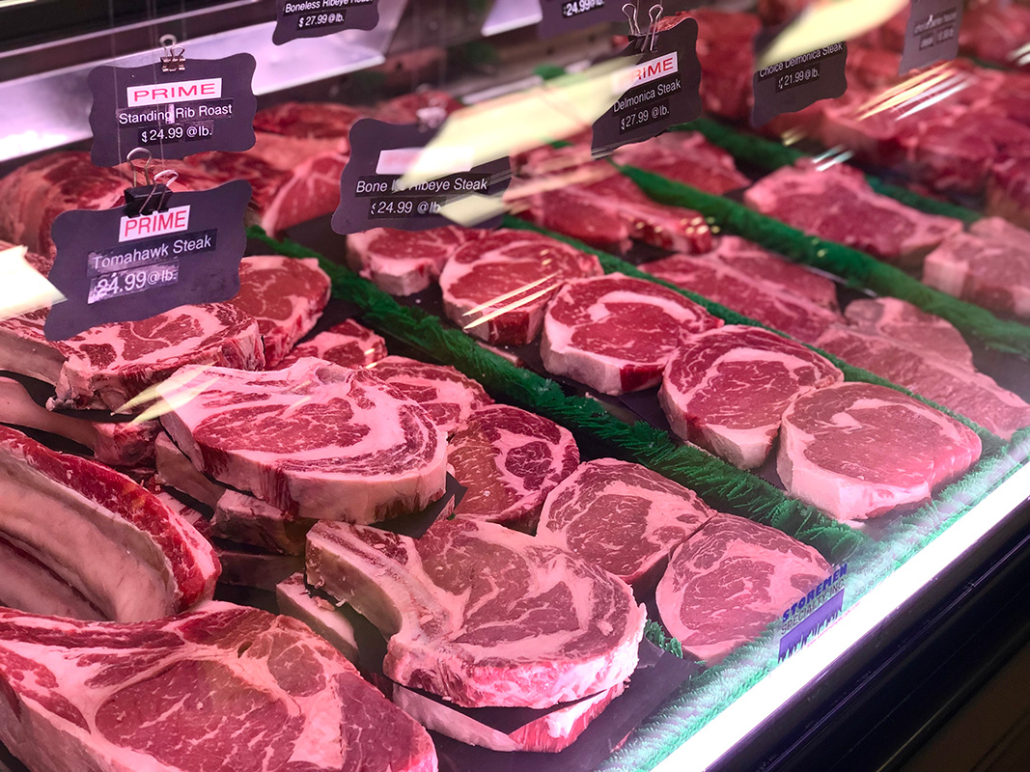Bagley Farms Meat Market Edwardsville IL: Your Trusted Source for High-Quality Meats
Reveal the Art of the Butcher's Cut in a Modern Meat Market
In the ever-evolving landscape of modern-day meat markets, the butcher's cut has actually transcended its standard roots, combining age-old craftsmanship with contemporary practices. What truly sets the modern butcher apart is their capability to forge a much deeper connection between customers and the beginnings of their meat.
Evolution of Butchery Techniques

The mid-20th century saw butchery techniques better improved by scientific understandings into muscular tissue biology and meat aging, enhancing both tenderness and taste. Innovations like vacuum product packaging and refrigeration expanded item shelf-life, enabling butchers to branch out offerings and boost quality control. This period additionally noted the rise of specialized tools, such as band saws and meat slicers, which boosted accuracy and effectiveness in meat handling.
Digital systems currently assist in tracking pet provenance and optimizing cuts to satisfy certain consumer choices. In addition, a resurgence in artisanal butchery has actually emerged, blending typical abilities with modern-day knowledge to provide to customers looking for ethical and lasting meat choices.

Understanding Meat Cuts

Comprehending the intricacies of meat cuts is necessary for both butchers and customers looking for high quality and worth. Each cut originates from a various component of the animal, passing on special tastes, structures, and food preparation approaches. Mastery of these distinctions not only boosts cooking experiences yet also takes full advantage of the utility of each carcass. For butchers, accurate cuts reflect skill and respect for the craft, guaranteeing minimal waste and optimal return.
The primary groups of meat cuts consist of primal, sub-primal, and retail cuts. Primal cuts, such as the loin, rib, and chuck, are the large areas initially divided from the carcass. Butchers then damage these down additionally into sub-primal cuts, prior to lastly generating retail cuts offered to customers, like ribeye or tenderloin. Each phase needs careful focus to anatomical structure and muscular tissue make-up.
Comprehending muscular tissue make-up is critical; muscles made use of much more regularly by the animal tend to be tougher and are best suited for slow food preparation techniques, while less-used muscles, like those found in the loin, are extra tender and ideal for cooking or roasting. Knowledge with these distinctions encourages consumers to make enlightened choices, improving their culinary ventures.
Choosing Top Quality Meat
Selecting the appropriate meat involves more than just picking a visually enticing piece from the display. The art of selecting high quality meat needs a critical eye and understanding of specific qualities that signify freshness and excellence.
Secondly, take into consideration the marbling, which refers to the white streaks of fat within the muscle mass. Appropriate marbling is an essential sign of inflammation and taste, as it melts during food preparation, enhancing the meat's juiciness. Keep in mind, greater marbling often associates with superior high quality cuts, such as USDA Prime.
Structure is another critical variable; meat ought to feel solid to the touch, not slimy or overly soft. Additionally, bear in mind the aroma. Fresh meat should have a clean, neutral odor, devoid of any type of sour or repulsive odors.
Matching Cuts With Cooking Techniques
Effectively matching cuts of meat with the suitable cooking approaches is crucial for accomplishing ideal taste and structure. These methods enhance the meat's all-natural flavors and make certain a juicy finish.
On the other hand, harder cuts like brisket and chuck roast are abundant in collagen, which damages down right into jelly when cooked slowly. These cuts are perfect for braising or slow-moving roasting, allowing the meat to tenderize with time and develop deep, complicated flavors. In a similar way, cuts such as short ribs and pork shoulder prosper with slow-cooking methods, where extended cooking times transform Find Out More their durable structures right into succulent recipes.
Lamb shanks and oxtail, which require long term cooking to tenderize, are perfect candidates for cooking or slow simmering. These techniques coax out abundant, passionate flavors while maintaining moisture. By comprehending the one-of-a-kind qualities of each cut, chefs and home chefs alike can boost their culinary productions, making sure each meal is both satisfying and remarkable.
The Butcher's Role Today
Browsing the evolving landscape of the contemporary meat market, web link the butcher's duty today extends beyond plain preparation of cuts. Contemporary butchers are culinary craftsmens, instructors, and advocates for lasting techniques.
Along with crafting precise cuts, butchers currently involve directly with customers, supplying cooking recommendations and tailoring options to match specific needs and choices. Their knowledge in meat aging, marbling, and taste accounts equips consumers to make informed choices, boosting their cooking experiences. This individualized solution exhibits the butcher's evolving function as a trusted consultant in the cooking area.
Furthermore, butchers are pivotal in reducing waste, using entire pets to create varied products such as sausages and stocks - bagley farms meat market edwardsville il. This extensive technique not just respects the pet however likewise lines up with contemporary sustainability goals. In this means, the contemporary butcher personifies both practice and innovation, adapting to an ever-changing market while preserving the his comment is here artistry and honesty of their craft

Final Thought
The contemporary butcher's craft intricately weaves standard methods with contemporary advancements, emphasizing sustainable methods and honest sourcing. Mastery in recognizing diverse meat cuts and quality signs equips butchers to provide enlightened recommendations, aligning details cuts with ideal cooking methods. This knowledge not only raises cooking experiences but additionally enhances the connection between customers and the beginnings of their food. By recognizing historical practices while accepting modern needs, the butcher's function stays essential in today's innovative meat market.